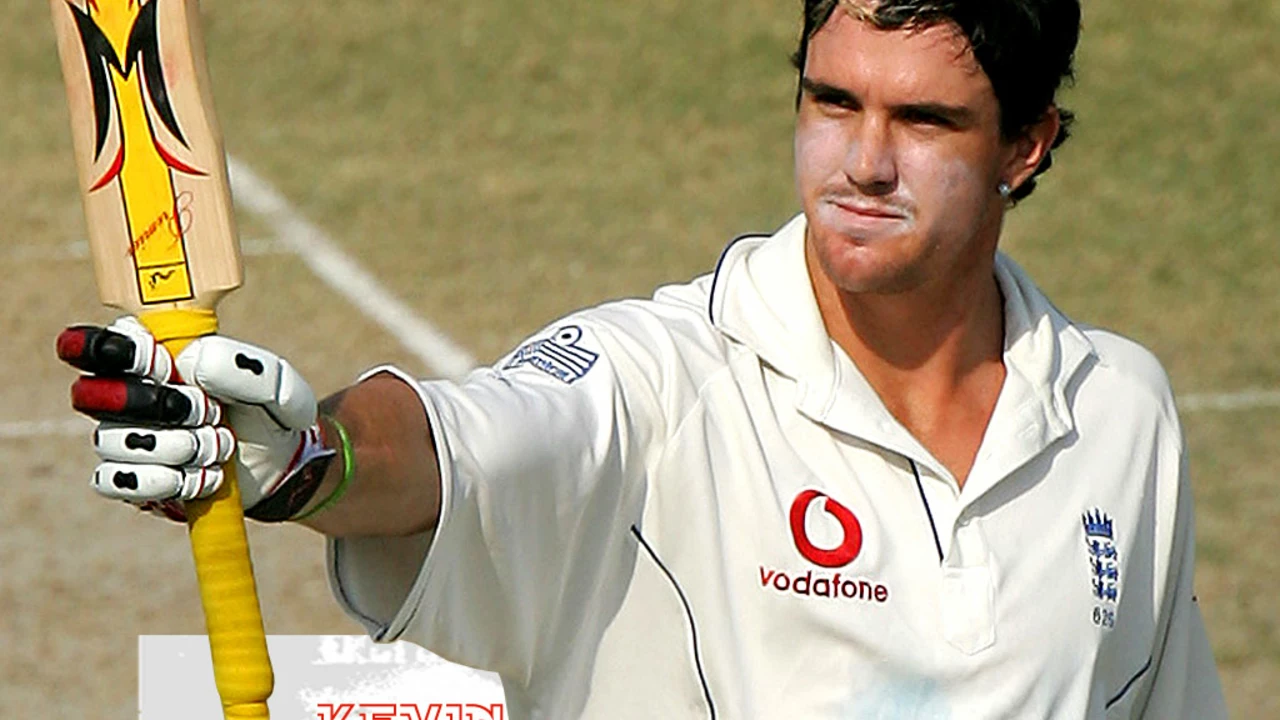Kevin Pietersen – All You Need to Know
When talking about Kevin Pietersen, the former England opener who burst onto the international scene in 2004 and became one of the most influential batsmen of his era, you’re really looking at a player who rewrote the rules of aggression in Test and ODI cricket. Also known as KP, his blend of power and flair made him a fan favourite and a match‑winner for the England cricket team, the national side that claimed the 2010‑11 Ashes under his contributions.
One of the biggest reasons Pietersen still gets mentioned is his batting technique, a high‑back lift, strong bottom‑hand grip and a willingness to hit over the top even on the toughest pitches. This aggressive strokeplay didn’t just earn him centuries; it set a template that many younger players now follow, especially in the fast‑paced world of T20 leagues, competitions like the IPL where quick scoring is king. In short, Pietersen’s style influenced how modern batsmen approach limited‑overs cricket.
Why Kevin Pietersen Still Matters
Kevin Pietersen’s career encompasses three core ideas: relentless aggression, adaptability across formats, and a charismatic presence off the field. His aggression requires a strong mental game—he often said the mind decides whether a ball becomes a boundary or a dismissal. Adaptability means he could shift from a block‑first Test innings to a 70‑run blitz in a 20‑over match without missing a beat. Finally, his charisma enabled him to draw younger fans into the sport, boosting viewership for England matches and T20 tournaments.
When you compare his impact to other England greats, Pietersen’s numbers speak loudly: 8,731 Test runs at 47.28, a double‑century against India, and a strike rate that outpaced many contemporaries. Those stats illustrate how his aggressive approach translated into real runs, helping England climb the rankings during his tenure. The England cricket team benefited from his ability to dominate the opening partnership, often putting the opposition on the back foot within the first hour.
Beyond the numbers, Pietersen’s influence seeped into coaching philosophies. Many academy programs now teach the “Pietersen method”: early hand‑eye coordination drills, power‑hitting simulations, and scenario‑based practice that mimics the pressure of a Twenty20 chase. This method connects directly with the rise of T20 leagues, where teams look for players who can clear the boundary with ease. The IPL, for instance, has seen a surge in European talent thanks to the blueprint Pietersen helped popularise.
Fans also appreciate his off‑field contributions. He’s written columns dissecting batting mechanics, appeared on podcasts discussing the mental side of sport, and even launched a cricket‑training app that teaches his signature back‑lift. Those activities extend his legacy beyond the crease, offering aspiring cricketers practical tools to emulate his style.
From a broader cricketing perspective, Pietersen’s career highlights the shift from classic, defensive opening play to a more proactive, run‑scoring mindset. This shift influences everything from team selection—where selectors now value high‑impact openers—to broadcast commentary, which often references “the Pietersen effect” when a player attacks early.
If you’re curious about how his techniques translate to today’s game, look at current England openers like Jason Roy or Jonny Bairstow. Their aggressive starts, high strike rates, and willingness to dominate bowlers echo Pietersen’s playbook. This continuity demonstrates that the aggressive batting paradigm he championed isn’t a fleeting trend; it’s become a cornerstone of England’s modern strategy.
Meanwhile, the T20 landscape continues to evolve, with IPL franchises seeking players who can replicate Pietersen’s blend of power and flair. The rise of “big‑hitting” specialists, often dubbed “Pietersen‑style” batsmen, shows that his influence persists in recruitment and training across the globe.
In the world of cricket analysis, Pietersen’s innings are frequently used as case studies for swing vs. power dynamics. Analysts break down his 158 against South Africa, pointing out how he timed the ball over mid‑wicket while maintaining a solid defensive technique—a perfect illustration of balance between aggression and control.
Overall, Kevin Pietersen represents a turning point where batting became as much about entertainment as it was about accumulation. His legacy covers statistical achievements, technical innovations, and cultural shifts within the sport.
Below you’ll find a curated collection of articles that dive deeper into Pietersen’s career highlights, the evolution of aggressive batting, and how his influence still shapes England cricket and global T20 leagues. Whether you’re looking for stats, technique tips, or commentary on his lasting impact, the posts ahead have you covered.



